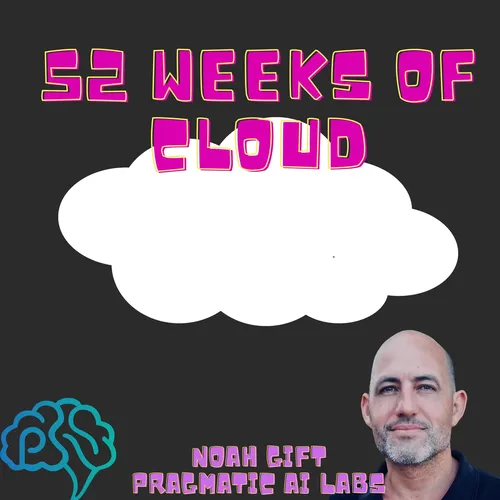Comparing k-means to vector databases
- Author
- Pragmatic AI Labs
- Published
- Wed 12 Mar 2025
- Episode Link
- podcast.paiml.com
K-means & Vector Databases: The Core Connection
Fundamental Similarity
Same mathematical foundation – both measure distances between points in space
- K-means groups points based on closeness
- Vector DBs find points closest to your query
- Both convert real things into number coordinates
The "team captain" concept works for both
- K-means: Captains are centroids that lead teams of similar points
- Vector DBs: Often use similar "representative points" to organize search space
- Both try to minimize expensive distance calculations
How They Work
Spatial thinking is key to both
- Turn objects into coordinates (height/weight/age → x/y/z points)
- Closer points = more similar items
- Both handle many dimensions (10s, 100s, or 1000s)
Distance measurement is the core operation
- Both calculate how far points are from each other
- Both can use different types of distance (straight-line, cosine, etc.)
- Speed comes from smart organization of points
Main Differences
Purpose varies slightly
- K-means: "Put these into groups"
- Vector DBs: "Find what's most like this"
Query behavior differs
- K-means: Iterates until stable groups form
- Vector DBs: Uses pre-organized data for instant answers
Real-World Examples
Everyday applications
- "Similar products" on shopping sites
- "Recommended songs" on music apps
- "People you may know" on social media
Why they're powerful
- Turn hard-to-compare things (movies, songs, products) into comparable numbers
- Find patterns humans might miss
- Work well with huge amounts of data
Technical Connection
- Vector DBs often use K-means internally
- Many use K-means to organize their search space
- Similar optimization strategies
- Both are about organizing multi-dimensional space efficiently
Expert Knowledge
- Both need human expertise
- Computers find patterns but don't understand meaning
- Experts needed to interpret results and design spaces
- Domain knowledge helps explain why things are grouped together
🔥 Hot Course Offers:
- 🤖 Master GenAI Engineering - Build Production AI Systems
- 🦀 Learn Professional Rust - Industry-Grade Development
- 📊 AWS AI & Analytics - Scale Your ML in Cloud
- ⚡ Production GenAI on AWS - Deploy at Enterprise Scale
- 🛠️ Rust DevOps Mastery - Automate Everything
🚀 Level Up Your Career:
- 💼 Production ML Program - Complete MLOps & Cloud Mastery
- 🎯 Start Learning Now - Fast-Track Your ML Career
- 🏢 Trusted by Fortune 500 Teams
Learn end-to-end ML engineering from industry veterans at PAIML.COM
